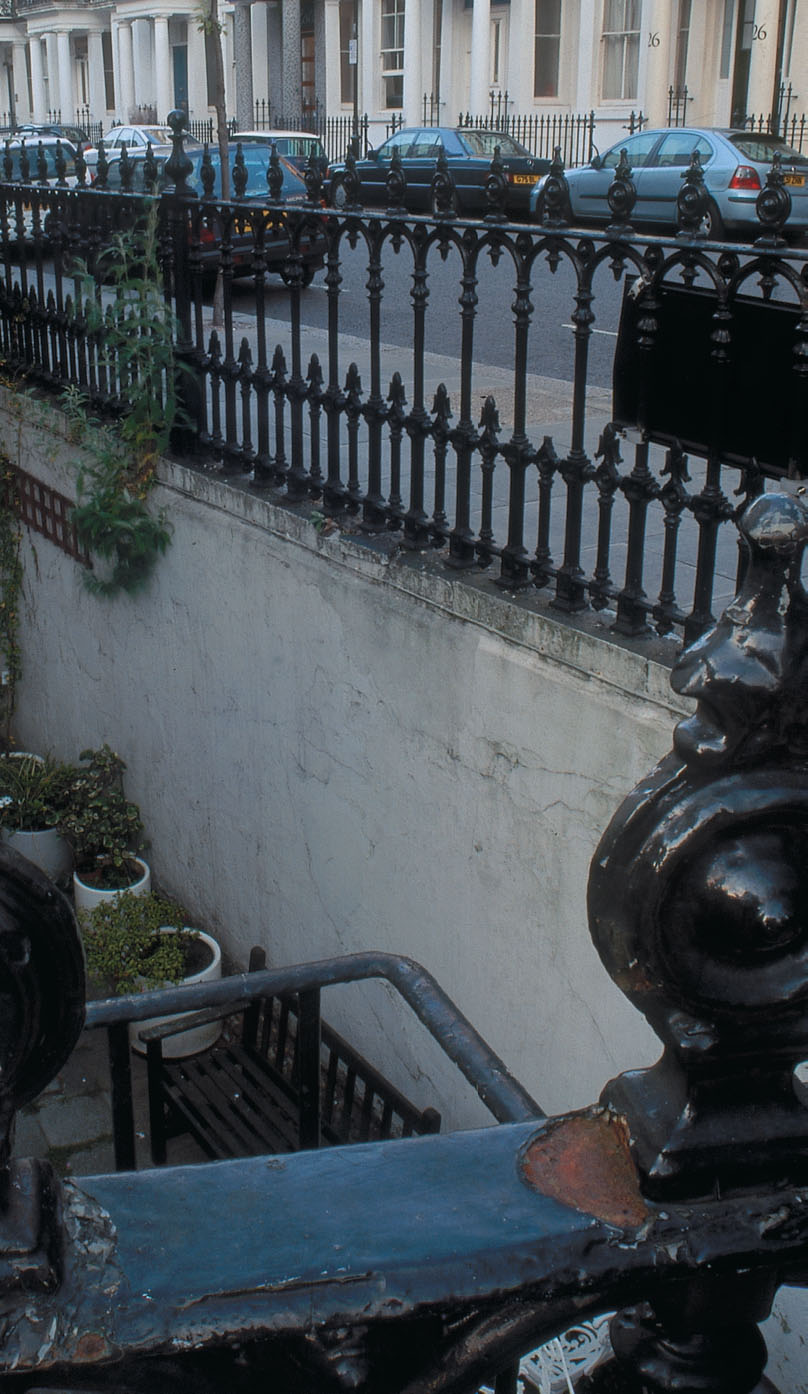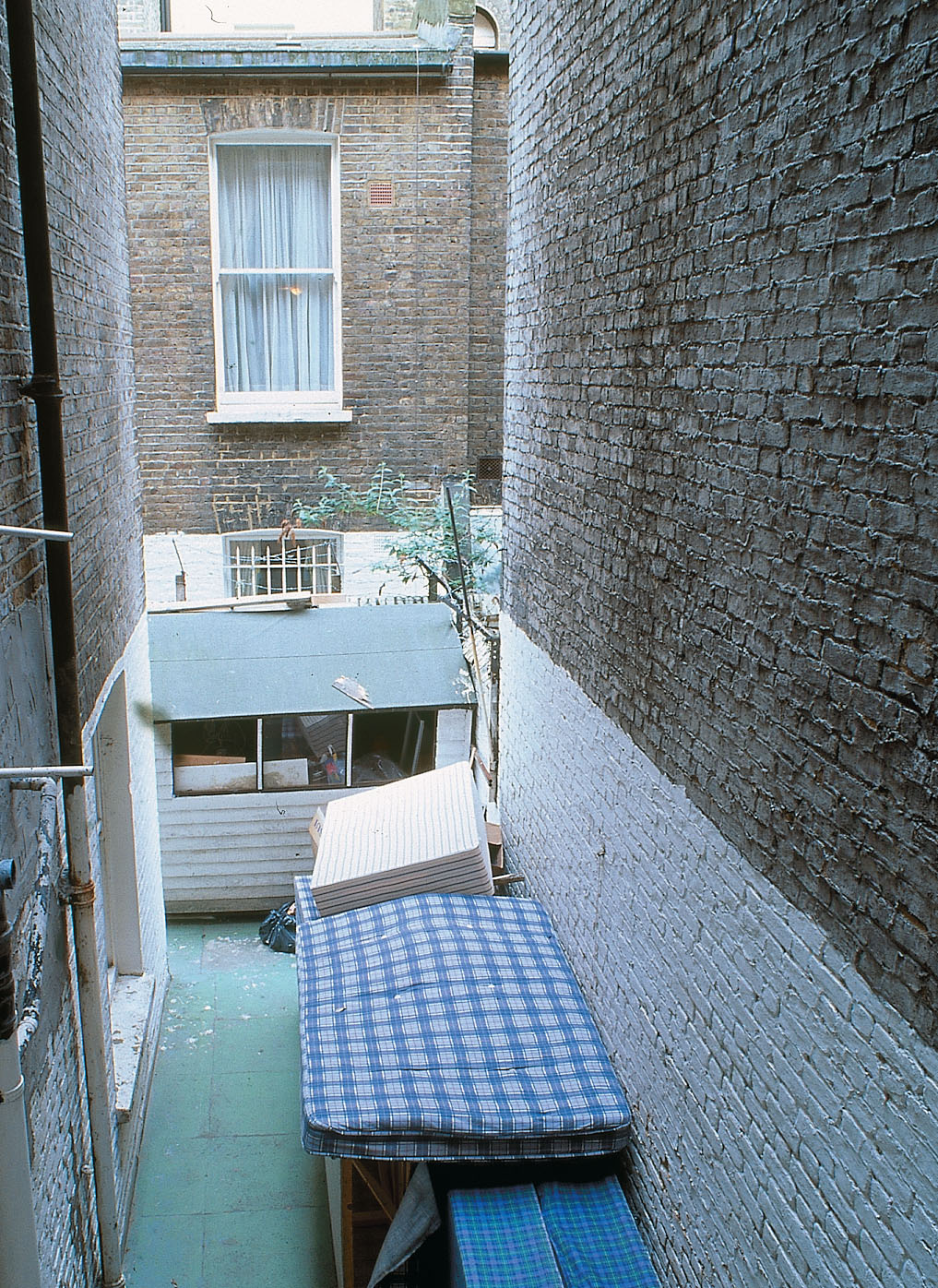
When travel plans go awry
[caption id="MakingLemonade_Feature" align="aligncenter" width="1024"]

JIM HARGAN
The more you get about, the more your chances of coming a cropper—yet avoiding trouble means avoiding good experiences as well as bad. When we embrace the wonderful experiences of international travel, we also need to know how to handle trouble, and turn the occasional travel lemon into lemonade. For us Americans visiting Britain, making lemonade is particularly easy. Compared to other travelers, we have a couple of extra tools in our Portable “Plan B” Constructor Kit.
[caption id="MakingLemonade_img1" align="aligncenter" width="1024"]

JIM HARGAN
[caption id="MakingLemonade_img2" align="aligncenter" width="808"]

JIM HARGAN
[caption id="MakingLemonade_img3" align="aligncenter" width="1017"]

JIM HARGAN
[caption id="MakingLemonade_img4" align="aligncenter" width="1024"]

NAGY-BAGOLY ARPAD/123RF
So your great bargain hotel is sad and run down, or you are cooling your heels in a garage, or your rental car agency says your replacement vehicle won’t be available until tomorrow. The first tool in your Plan B kit is Great Britain’s heritage. With 60 centuries of history poking up all chock-a-block everywhere, Britain is impossibly dense with things to see. So a spot of trouble has you marooned—what’s the chance that there’s something really compelling very close to you? Nearly 100 percent. It’s not at all hard to find those things either, and this leads into your second tool: Despite the fact that you are in a foreign country, the natives speak your language. Not just a few of the educated class and the concierge. Everyone! And, even better, they like Americans, are proud of their little corner of the world, and will fall over themselves to help you find all the local neat stuff. Ask the guy tending bar at the pub; ask a bus driver. (Buses run everywhere.) As soon as you open your mouth and reveal your accent, you have a friend.
[caption id="MakingLemonade_img5" align="aligncenter" width="324"]

JIM HARGAN
‘THIS WAS ENGLAND, AFTER ALL. IT HAD TO HAVE SOMETHING WORTH SEEING’
Of course, it’s better to avoid the mistakes in the first place, and certain pitfalls are notorious. Here are two that I have fallen into, how I should have avoided them and how I applied the Plan B Kit to turn them into two of my most memorable travel experiences.
The first of these pitfalls is epitomized by the London neighborhood of Earl’s Court, known for its backpacker hostels. Yes, I
stayed there once. I had been (mis)led to it by an Internet site that claimed they inspect the hotels they list, and ran TV ads featuring comically strict inspectors. What I received for my credulity was a tiny, stifling box with a small, hard bed covered with threadbare sheets, a single 20 watt bulb hanging from the ceiling, cigarette butts and used Kleenex on the window sill and a view over an alley where mattresses were stuffed into an overflowing dumpster. Worse, I didn’t know what part of London I was in, having taken the Underground from Heathrow. I only knew that this room was $150 cheaper than the airport hotel, and that it was overpriced.
The Earl’s Court neighborhood of London is actually one of a number of such districts, clustered about major train stations, where the aspirational homes of the 19th-century’s commuter class have become cheap lodgings. They are cute enough, having been built to imitate the Georgian townhomes of the wealthy, and a hotel in one of these districts will generally look attractive from the outside. However, it is the inside that counts, and this typically ranges from plain to dreadful. These cheap hotel districts can be found near most of London’s major stations, and should never be trusted without a solid recommendation from something better than an on-line booking service.
So much for what I should have done; I was stuck. It was time for Plan B—and, as it turned out, a wonderful day. The Earl’s Court neighborhood was delightful, an off-beat combination of working class joes, footloose hippies (“backpackers”) and a valiant core of middle-class urban pioneers reclaiming their ancestral homeland. Its long, curving blocks of Georgian-styled townhouses, well-kept and attractive, converged on the main drag, Earl’s Court Road. I found it to be like the Greenwich Village of 40 years ago, a roughhewn but vital urban district, jammed with exuberantly Victorian buildings, with a fine collection of cafes, pubs, shops, travel agents and money-changers. Its sidewalks were crowded with walkers, and its streets jammed with taxis and red double-deckers. A corner pub had been built with two walls of arches so that it could be completely opened to the street—a good place, I found, to wait out the heat of a bright June afternoon. The bartender told me how to get to Holland Park, just three blocks north, and past that to Kensington Gardens in another four blocks. I found the Victoria and Albert Museum on my own, past closing time, but with a fine outdoor display of air photos by the Geology Museum. In fact, my wanderings had brought me to the far end of one of London’s great shopping streets, Brompton Road, home of Harrod’s. I felt like I had spent my day exploring beyond the edge of the map.
Iroped my wife into sharing my second worst travel lemon. A highly reputable British chain had offered a truly amazing discount on what they claimed was a hotel convenient to Manchester’s airport. Alas, among British hotel chains, reputation is a bubble. They had neglected to inform us that the room was discounted because it was a three-story walk-up in a dingy wing awaiting a direly needed renovation. Worse, its “convenient to the airport” location was far out in the featureless sprawl of Manchester, not a bad neighborhood, but dull. Fortunately there was a bus stop in front, and the driver told us that the bus terminated at Stockport town center. The name hinted at an early canal-side history, and this was England, after all. It had to have something worth seeing.
And it did. At town center, we found a large square lined by fine old buildings. One was The Plaza (www.stockportplaza.co.uk), a movie house from the 1920s, and in front of it was an authentically restored hurdy-gurdy wailing away noisily. Inside the theater we found a free concert performed on a spectacular Compton organ that rose from and retreated into the floor, as in the silent movie days. This movie house had been grandly restored, and we were lucky enough to be there on its opening day. The manager proudly informed us that it was the first such restored movie house in Britain, “although I understand it’s not so uncommon in the States,” he added. It was lovely. He directed us to the town’s older canal-side center, as quaint as could be. A viaduct in this multilevel town gave us a birds-eye view down to this line of Georgian buildings, including a fine old pub with great clockwork figures of an army officer, a naval officer and Death, each with its own bell to strike. “I bet they haven’t worked in a century,” I said. Ding! answered Death, reminding us that it was 1 o’clock and time to sample the fare of the house. A block away was a Victorian market, made of wrought iron and glass panels—what we would call a farmers’ market—bursting with stalls filled with fresh produce, knick-knacks and cheap CDs.
This isn’t unusual. This is typical. The Stockports and Earl’s Courts of England will never be tour destinations; they are just regular places, and a bit down-at-the-heels at that. Yet nothing lets you feel the delight of ordinary Britishness more than exploring such a place, putting a good Plan B into effect.





Comments